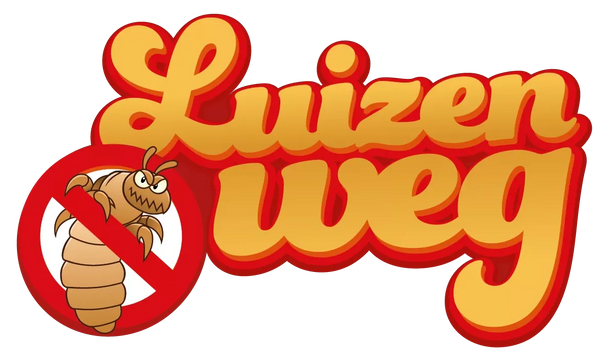What is the life cycle of head lice
What is the life cycle of head lice
The life cycle of head lice consists of four stages: egg, larva, pupa and adult head lice.
Egg (nits): Head lice lay their eggs, also called nits, in the hair close to the scalp. The nits are about 0.8 mm long and have the shape of a flat shell. They are difficult to see because they are the same color as the hair. The nits stick to the hair thanks to a kind of adhesive.
Nymph (young louse): After about 7-10 days the lice emerge from the nits. The larvae are about 1.5 mm long and have a white color. They are still too small to see with the naked eye.
Pupa: After about 7-10 days, the larvae molt and turn into pupae. The pupae are about 2 mm long and have a brown color. They are still too small to see with the naked eye.
Adult head lice: After about 7-10 days, the adult head lice emerge from the pupae. Adult head lice are approximately 2-3 mm long and have a brown color. They can be seen with the naked eye. Head lice live for about 30 days and lay about 10-12 eggs per day during their lifetime.
It is important to know that head lice only affect humans and not pets. They mainly occur in children aged 4 to 11 years old, but can occur in anyone. Head lice are not dangerous, but can cause discomfort such as itching and irritation of the scalp. It is therefore important to treat head lice when they occur.
The RIVM recommends treatment with Dimeticon lotion.

